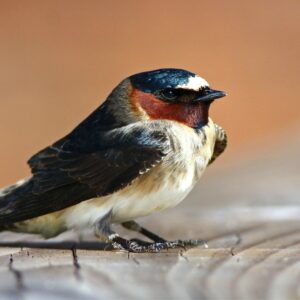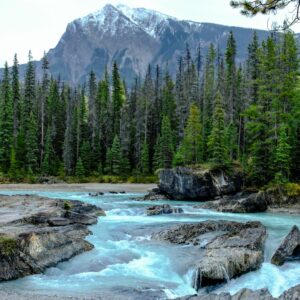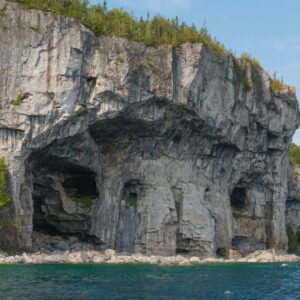Nature Canada Welcomes Announcement of Potential New Protected Area in the Northwest Passage
Nature Canada Welcomes Announcement of Potential New Protected Area in the Northwest Passage
December 8, 2009 (Ottawa) – Nature Canada congratulated Environment Minister Jim Prentice, Inuit groups and the Parks Canada Agency today on the announcement of a feasibility study for the creation of a National Marine Conservation Area in the Lancaster Sound region of the high Arctic.
“Protected areas like the one proposed at Lancaster Sound conserve some of our most important natural spaces, providing Canada and the world with clean air and water, abundant wildlife populations, and healthy communities and ecosystems,” said Ian Davidson, Nature Canada executive director.
The region around Lancaster Sound includes bays, inlets and ice fields surrounded by high cliffs and spectacular fjords that stretch from Ellesmere Island to the Gulf of Boothia in the south to the waters surrounding Cornwallis Island to the west in Nunavut, Canada. This area has one of the highest concentrations of polar bears in the Canadian Arctic. Twenty Important Bird Areas are found inside or adjacent to the proposed protected area, providing essential habitat for large colonies of snow geese, ivory gulls, arctic terns and thick-billed murres.
Literally millions of Dovekies, a small cliff-nesting waterbird of the high arctic, have been observed in the polynya at the eastern mouth of Lancaster Sound. Most of the world’s narwhal and a third of North America’s beluga whales spend the summers in these waters, as does the eastern population of the endangered bowhead whale.
“Marine ecosystems are as affected by human activity as terrestrial ecosystems,” said Ted Cheskey, an ecologist at Nature Canada. “That’s why a national system of marine protected areas is so crucial. I am encouraged by this effort to extend protection of wilderness areas in our far North, and hope it ultimately leads to permanent protection of Lancaster Sound.”
National marine conservation areas are protected under the National Marine Conservation Areas Act (NMCAA) from such activities as dumping, undersea mining, and oil and gas exploration and development. They include the seabed, the water above it and any species which occur there. They may also take in wetlands, estuaries, islands and other coastal lands. Some activities are permitted inside National Marine Conservation Areas, such as traditional fishing, but managed to sustain the long-term health the ecosystem as a whole.
“With talk of opening up the Northwest Passage to year-round sea traffic, and increased interest in oil, gas and mineral exploration in the arctic, it is with the highest urgency that the government of Canada lays down an aggressive protected areas network,” said Cheskey. “The Lancaster Sound region is of the highest biological value, and must be protected from impending industrialization.”
Nature Canada advocated for the creation the National Marine Conservation Areas Act, and has been working since then to ensure that Parks Canada receives the resources necessary to establish these protected areas.
About Nature Canada
Nature Canada is an Ottawa-based charity whose mandate is to protect and conserve wildlife and habitats in Canada by engaging people and advocating on behalf of nature. We are the Canadian co-partner, with Bird Studies Canada, in BirdLife International. Together we deliver the international Important Bird Areas (IBA) program in Canada, which aims to identify, conserve and monitor a network of sites that provides essential habitat for bird populations.
For more information, contact:
Ted Cheskey, Staff Ecologist
Nature Canada
(613) 562-3447 ext. 227
tcheskey@naturecanada.ca
Chris Sutton, Communications Manager
Nature Canada
(613) 562-3447 ext. 248
(613) 668-2279 (cell)
csutton@naturecanada.ca
-30-



